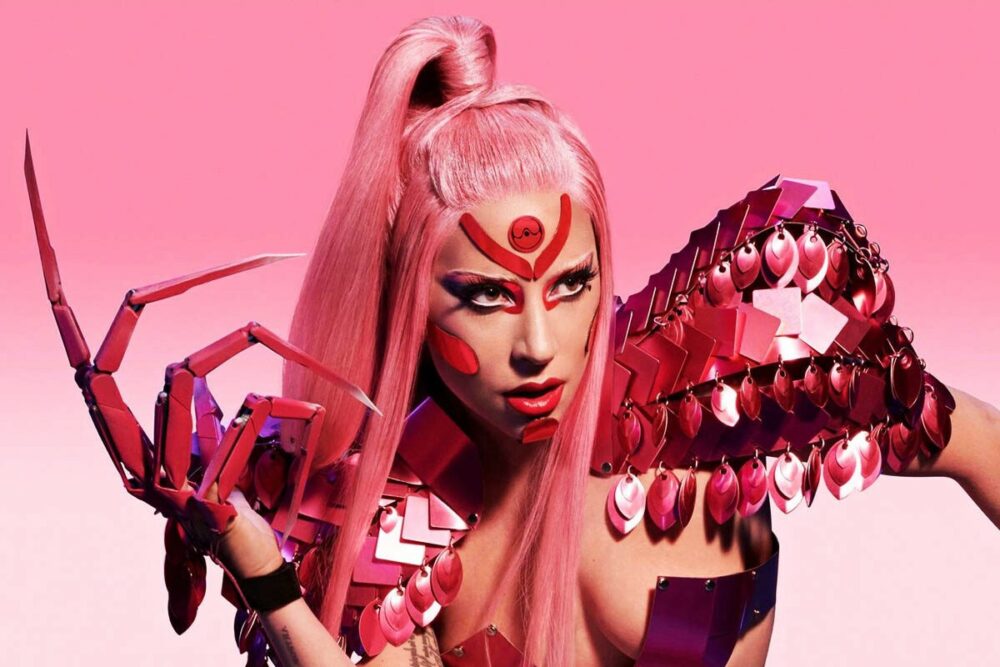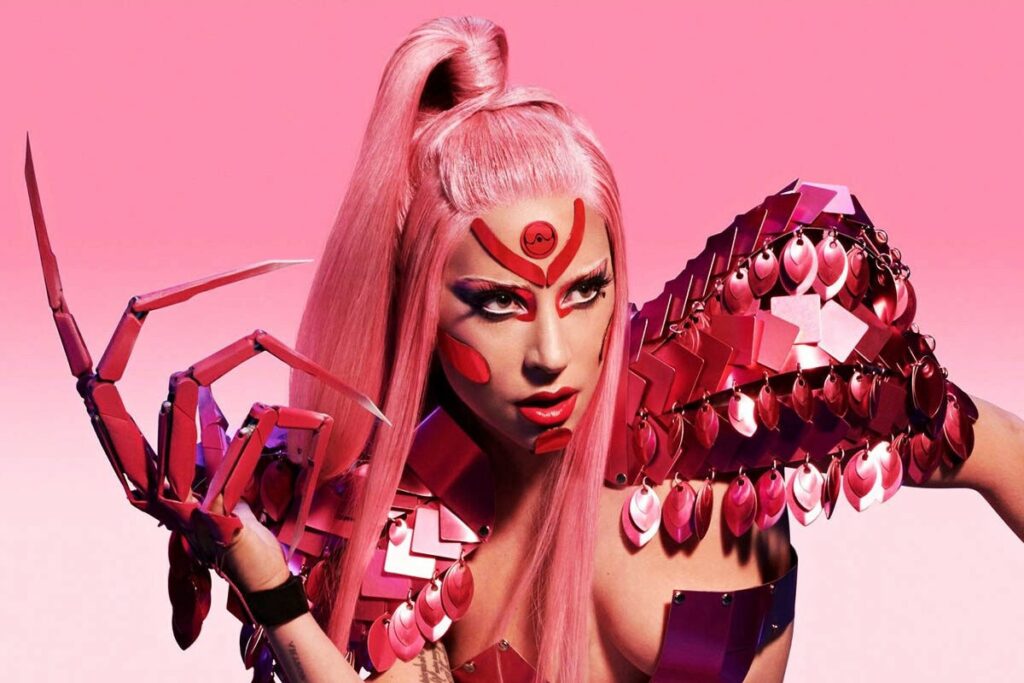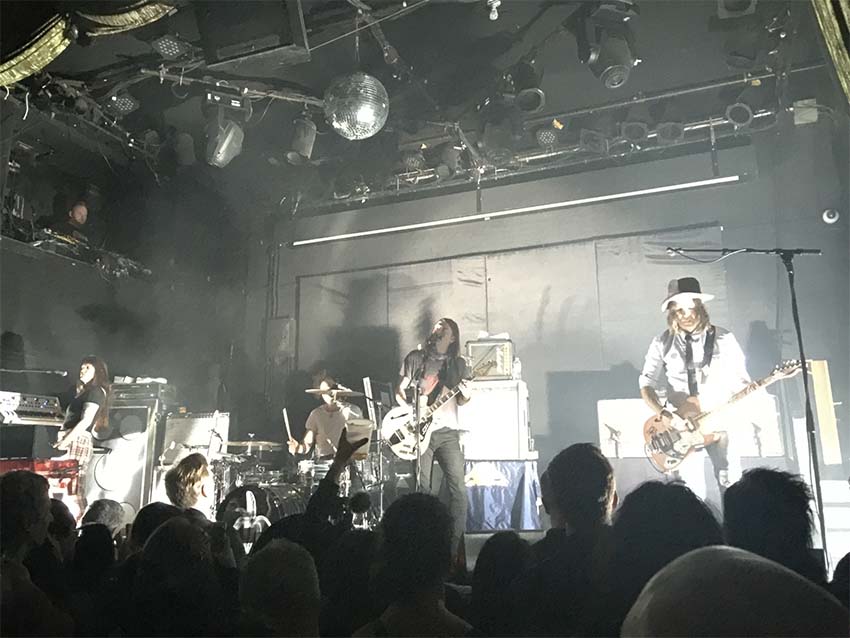How Lady Gaga (and other Pop Heroes) Came to Our Rescue in 2020


In the 1930s, as the world sunk into an unprecedented economic depression, Ted Koehler and Harold Arlen’s song “Get Happy” prompted the American public to “forget your troubles,” “shout Hallelujah” and “chase all your cares away.” The simplicity of the song, with little in the way of instrumentation and barely any dynamic range, gave it earworm quality. Once heard, it stuck, and became a balm for the troubled minds of people losing their life savings, their jobs, their homes and their hope. The same happened in the 1960s and ‘70s, as The Beatles and The Rolling Stones provided anthems for everyone from school children to their grandparents, escapism from relentless news about war and economic decline.
This year, we’ve faced the biggest health and economic disaster of our lives – one that has left many without work, their relationships strained or broken, and proven a major burden on our collective mental health. Pop music once again responded to the call to keep the human spirit afloat – whether we trepidatiously return to work in less-than-ideal conditions, or remain consigned to our homes, allowed only to walk our dogs and shop for toilet paper. Specifically Lady Gaga came to our rescue with her buoyant Chromatica album, which dropped in May along with videos and imagery in which the singer is depicted as an ethereal pink-haired, sci-fi heroine. Make no mistake. This is not a woman who has been eating microwave nachos and signing up to a bunch of language courses she’s never going to start. Lady Gaga gave us a hero right when we need one.
Gaga’s sixth album is a dance-synth-cyber-pop experience. More than a musical project, it encompasses a whole aesthetic – Gaga’s futuristic cyborg-self dancing fearlessly in the desert (“Rain On Me”) was the exact energy we wanted to channel in our own imagination.
The album’s title refers to a dystopian planet – a setting that felt all too real on Earth this year. For all its glitz, glamour and big beats, the themes of trauma, heartbreak, overcoming internal and external obstacles and seeking a sense of being worthy of a good, fulfilling life all made this one of Gaga’s most vulnerable, powerful works of songwriting.
It’s hard to know how the pandemic will shape music made during this period and released in the months or years to come, but in the past few months we’ve had some truly epic pop albums from Dua Lipa, Jarvis Cocker, The 1975, Róisín Murphy, Taylor Swift and Miley Cyrus. Many musicians who were due to release albums in this spring and summer (right before touring globally, under normal circumstances) changed their plans to prevent the potential loss-making risk of not leveraging the album popularity to sell tour tickets. Others saw the immense opportunity. All these people sitting at home, biting their nails, desperate for entertainment and reassurance from pop culture (since our governments have been unreliable sources of comfort) would surely pay good money for albums and merchandise? After all, music fans had engaged en masse with Instagram DJs and live streams from musicians’ loungerooms – and even drive-in concerts, like Keith Urban, Bush, Phoenix and Groove Armada, offered in the US and UK.
Perhaps there was something of a premonition amongst certain artists. Even the glumly witty Jarvis Cocker had recorded and prepared a pop album full of house music tracks designed for dancing. Prior to its release, his livestreamed Domestic Disco on Instagram attracted millions to watch him DJ from his rural UK lockdown, potted plants and stuffed toys included. JARV IS, the collaboration between Cocker and his live band, released Beyond The Pale, a brilliant throw-back to 90s British post-punk, rave culture and art school dropouts. “Must I Evolve?” delivered the eternal question of anyone over 35 who has become stuck in their personal, professional and creative patterns of thinking and living. The answer, in a nutshell, is yes.
Meanwhile, Dua Lipa’s album Future Nostalgia has heavy 1980s synth-pop vibes that recall Olivia Newton John and Pat Benatar. When it came out, Future Nostalgia debuted at number four on the US Billboard charts (inclusive of downloads). At just under 40 minutes, the music felt like a lump of sherbet melting in the mouth. Intense, sugary, sweet and thrilling, then gone. Tracks like “Don’t Start Now,” “Levitating” and “Physical” kept the momentum high and the melodies relentless. People were craving pure pop music, but not just any pop – nostalgia inducing pop that transported them to better times.
It’s not purely my own speculation and opinion that Lady Gaga, Dua Lipa, Jarvis Cocker and other pop purveyors were the fuel that kept us going in 2020. A 2010-2013 study at the University of London, part of the Earworm Project, surveyed 3000 people to ascertain the most commonly cited catchy choruses, or earworms. In a list of the top 10 songs, Lady Gaga took the gong with three of her songs listed, including the number one, “Bad Romance” (the others were “Poker Face” and “Alejandro”).
Pop music is powerful – it becomes trapped in our psyches. Where it is nostalgic, which Lady Gaga does brilliantly in sounding a lot like Madonna-meets-Aretha Franklin, it provides comfort to suffering souls. Nostalgia – both in Gaga’s comic-book stylings and music – has the ability to rouse feelings of confidence and optimism. Most importantly, it is a reminder of our unity and connectedness as human beings. “Let It Rain” and “Free Woman” are the sonic equivalent of putting on lipstick after months of only brushing crumbs off our lips, of actually putting pants on rather than traipsing the house in an oversized t-shirt and tracky dacks. With the musical bounty 2020 has provided, we can conjure up some sense of being part of a larger contingent of a pop-music-loving public, all traipsing off dutifully vaccinated to restart the economy and save the world in 2021.




